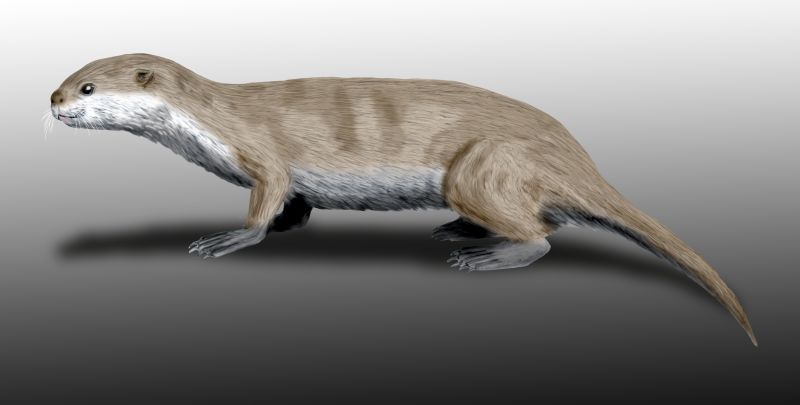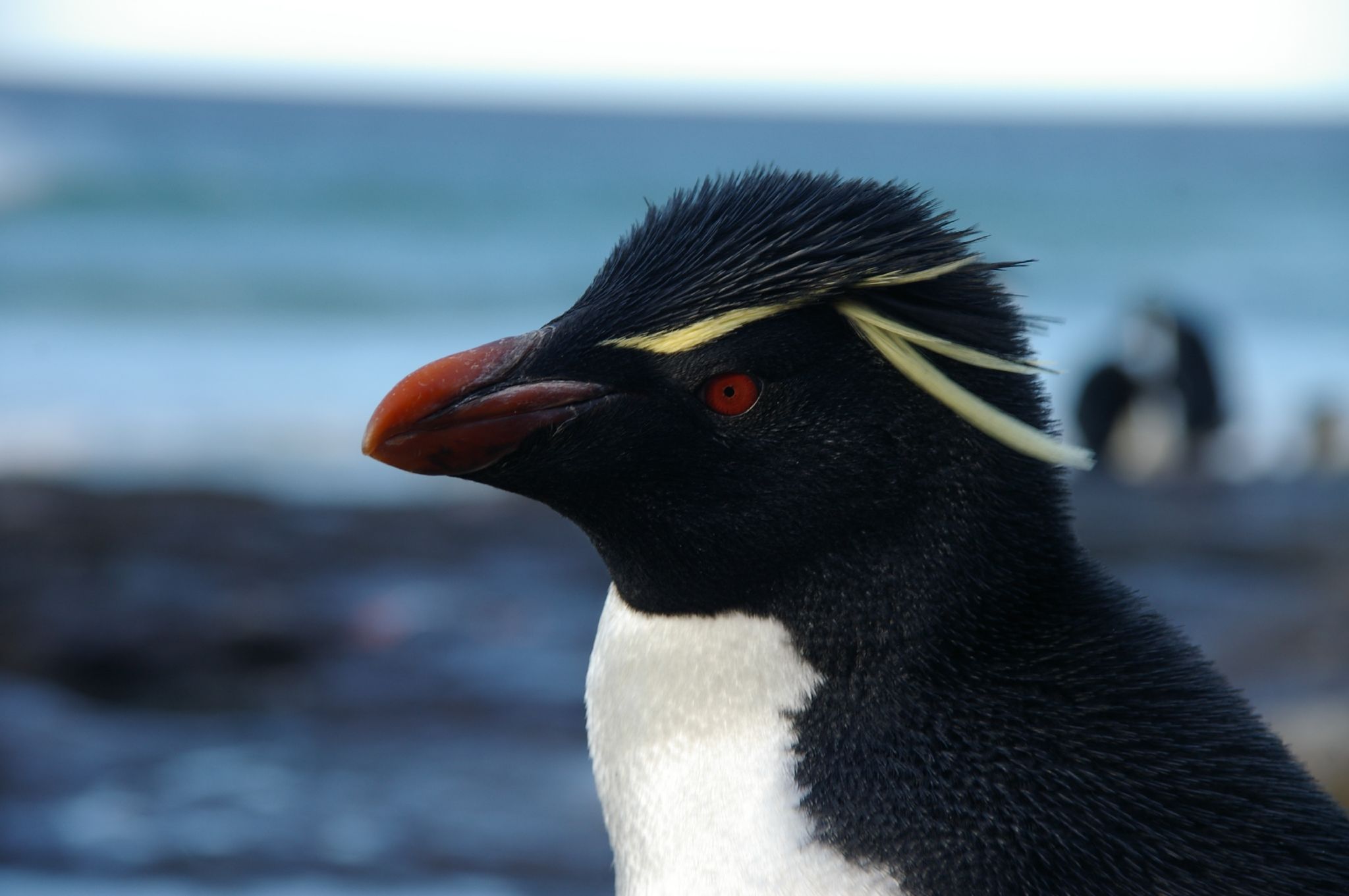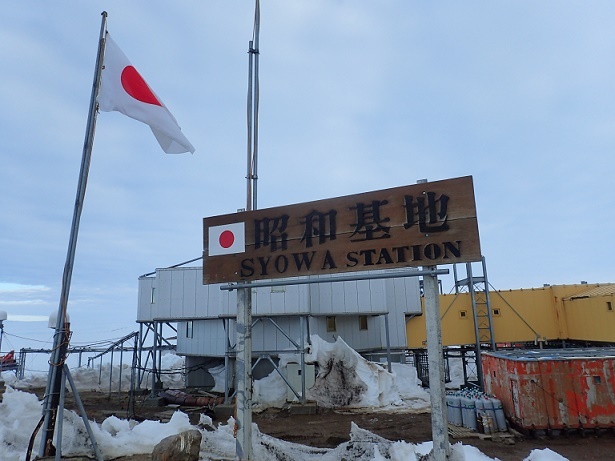|
Antarctica (1983 Film)
is a 1983 Japanese drama film directed by Koreyoshi Kurahara and starring Ken Takakura. Its plot centers on Taro and Jiro, the 1958 ill-fated Japanese scientific expedition to the South Pole, its dramatic rescue from the severe weather conditions on the return journey, the relationship between the scientists and their loyal and hard-working Sakhalin Husky, Sakhalin huskies, particularly the lead dogs Taro and Jiro, and the fates of the 15 dogs left behind to fend for themselves. The film was a big cinema hit, globally, particularly in Japan, where it held the box office record for Japanese-produced films, until it was eventually surpassed by Hayao Miyazaki's ''Princess Mononoke'' in 1997. The original electronic synthesizer score was created by Greek composer Vangelis, who had recently written music for ''Chariots of Fire'' and ''Blade Runner (soundtrack), Blade Runner''. The soundtrack is available worldwide in various formats as ''Antarctica (Vangelis album), Antarctica''. Pl ... [...More Info...] [...Related Items...] OR: [Wikipedia] [Google] [Baidu] |
Koreyoshi Kurahara
(31 May 1927 – 28 December 2002) was a Japanese screenwriter and director. He is perhaps best known for directing ''Nankyoku Monogatari, Antarctica'' (1983), which won several awards and was entered into the 34th Berlin International Film Festival. He also co-directed ''Hiroshima (1995 film), Hiroshima'' (1995) with Roger Spottiswoode, which was nominated for the Primetime Emmy Award for Outstanding Miniseries. Biography He was born in Kuching, Kingdom of Sarawak (now a state of Malaysia) on Borneo, to an agricultural engineer. His family returned to Japan when Kurahara was in elementary school. He was the nephew of literary critic Korehito Kurahara, and older brother of film director Koretsugu Kurahara. His son Jun Iwasaki, a former producer for Ishihara International Productions Inc., is currently secretary to politician Nobuteru Ishihara. While a film student at Nihon University, Nihon University College of Art, he became a live-in student of Kajiro Yamamoto at the intr ... [...More Info...] [...Related Items...] OR: [Wikipedia] [Google] [Baidu] |
Taro And Jiro
Taro (タロ; 1955–1970) and Jiro (ジロ; 1955–1960) were two Sakhalin Husky, Sakhalin Huskies who survived for eleven months in Antarctica after being left behind by the 1958 Japanese Antarctic Research Expedition. Due to poor weather conditions, the expedition was unable to airlift out 15 dogs, who were left chained and with only a few days' worth of food. Of these 15, seven of the dogs died on the chain, six of them disappeared, and two, Taro and Jiro, successfully overwintered and were discovered by the next research group the following spring. The dogs became a media sensation after their discovery, and became Japanese symbols of perseverance and fortitude. Jiro remained in Antarctica and died there as a working dog in 1960; Taro was brought to Japan, where he died in 1970. Both of their bodies were Taxidermy, taxidermied and placed on display, and several monuments to the dogs have been erected in Japan. Expedition The National Institute of Polar Research (Japan), Ja ... [...More Info...] [...Related Items...] OR: [Wikipedia] [Google] [Baidu] |
Ice Shelf
An ice shelf is a large platform of glacial ice floating on the ocean, fed by one or multiple tributary glaciers. Ice shelves form along coastlines where the ice thickness is insufficient to displace the more dense surrounding ocean water. The boundary between the ice shelf (floating) and grounded ice (resting on bedrock or sediment) is referred to as the grounding line; the boundary between the ice shelf and the open ocean (often covered by sea ice) is the ice front or calving front. Ice shelves are found in Antarctica and the Arctic (Greenland, Northern Canada, and the Russian Arctic), and can range in thickness from about . The world's largest ice shelves are the Ross Ice Shelf and the Filchner-Ronne Ice Shelf in Antarctica. The movement of ice shelves is principally driven by gravity-induced pressure from the grounded ice. That flow continually moves ice from the grounding line to the seaward front of the shelf. Typically, a shelf front will extend forward for years ... [...More Info...] [...Related Items...] OR: [Wikipedia] [Google] [Baidu] |
Pinniped
Pinnipeds (pronounced ), commonly known as seals, are a widely range (biology), distributed and diverse clade of carnivorous, fin-footed, semiaquatic, mostly marine mammals. They comprise the extant taxon, extant families Odobenidae (whose only living member is the walrus), Otariidae (the eared seals: sea lions and fur seals), and Phocidae (the earless seals, or true seals), with 34 extant species and more than 50 extinct species described from fossils. While seals were historically thought to have descended from two ancestral lines, molecular phylogenetics, molecular evidence supports them as a monophyletic group (descended from one ancestor). Pinnipeds belong to the suborder Caniformia of the order Carnivora; their closest living relatives are musteloids (Mustelidae, weasels, Procyonidae, raccoons, skunks and red pandas), having diverged about 50 million years ago. Seals range in size from the and Baikal seal to the and southern elephant seal. Several species exhibit ... [...More Info...] [...Related Items...] OR: [Wikipedia] [Google] [Baidu] |
Penguin
Penguins are a group of aquatic flightless birds from the family Spheniscidae () of the order Sphenisciformes (). They live almost exclusively in the Southern Hemisphere. Only one species, the Galápagos penguin, is equatorial, with a small portion of its population extending slightly north of the equator (within a quarter degree of latitude). Highly adapted for life in the ocean water, penguins have countershaded dark and white plumage and flippers for swimming. Most penguins feed on krill, fish, squid and other forms of sea life which they catch with their bills and swallow whole while swimming. A penguin has a spiny tongue and powerful jaws to grip slippery prey. They spend about half of their lives on land and the other half in the sea. The largest living species is the emperor penguin (''Aptenodytes forsteri''): on average, adults are about tall and weigh . The smallest penguin species is the little blue penguin (''Eudyptula minor''), also known as the fairy pen ... [...More Info...] [...Related Items...] OR: [Wikipedia] [Google] [Baidu] |
Showa Station (Antarctica)
, sometimes alternately spelled Syowa Station, is a Japanese permanent research station on East Ongul Island in Queen Maud Land, Antarctica. Built in 1957, Showa Station is named for the era in the Japanese calendar during which it was established, the Shōwa period. Overview Showa Station serves as a research outpost for astronomy, meteorology, biology and earth sciences. It comprises over 60 separate buildings, large and small, including a 3-storey administration building, living quarters, power plant, sewage treatment facility, environmental science building, observatory, data processing facility, satellite building, ionospheric station, incinerator, earth science building, and radiosonde station. Also present are fuel tanks, water storage, solar panels, a heliport, water retention dam, and radio transmitter. PANSY Incoherent Scatter Radar Showa station is home to the Program of the Antarctic Syowa Mesosphere–Stratosphere–Troposphere/Incoherent Scatter (PANSY) inc ... [...More Info...] [...Related Items...] OR: [Wikipedia] [Google] [Baidu] |
Sōya (icebreaker)
Soya may refer to: Food * Soya bean, or soybean, a species of legume native to East Asia, widely grown for its edible bean * Soya sauce, see soy sauce, a fermented sauce made from soybeans, roasted grain, water and salt Places * Sōya District, Hokkaido, a district located in the Sōya Subprefecture, Hokkaido, Japan * Sōya Subprefecture, a subprefecture of the Hokkaido Prefecture, Japan * Sōya Main Line, a railway line in Hokkaido, Japan Ships * Japanese cruiser Soya, originally the Russian cruiser ''Varyag'', launched 1900 * ''Sōya'' (icebreaker), a Japanese icebreaker * , a Swedish coastal tanker People * Soya (singer) (born 1990), South Korean singer * Carl Erik Soya (1896–1983), Danish author and dramatist * Willi Soya (1935–1990), German footballer * Yelena Soya (born 1981), Russian synchro-swimmer Geographical features * Sōya Strait, or La Pérouse Strait, the strait between Hokkaido, Japan, and Sakhalin, Russia * Cape Sōya, situated in Wakkanai, the northern ... [...More Info...] [...Related Items...] OR: [Wikipedia] [Google] [Baidu] |
Icebreaker
An icebreaker is a special-purpose ship or boat designed to move and navigate through ice-covered waters, and provide safe waterways for other boats and ships. Although the term usually refers to ice-breaking ships, it may also refer to smaller vessels, such as the icebreaking boats that were once used on the canals of the United Kingdom. For a ship to be considered an icebreaker, it requires three traits most normal ships lack: a strengthened hull, an ice-clearing shape, and the power to push through sea ice. Icebreakers clear paths by pushing straight into frozen-over water or pack ice. The bending strength of sea ice is low enough that the ice breaks usually without noticeable change in the vessel's trim. In cases of very thick ice, an icebreaker can drive its bow onto the ice to break it under the weight of the ship. A buildup of broken ice in front of a ship can slow it down much more than the breaking of the ice itself, so icebreakers have a specially designed hull ... [...More Info...] [...Related Items...] OR: [Wikipedia] [Google] [Baidu] |
Antarctica
Antarctica () is Earth's southernmost and least-populated continent. Situated almost entirely south of the Antarctic Circle and surrounded by the Southern Ocean (also known as the Antarctic Ocean), it contains the geographic South Pole. Antarctica is the fifth-largest continent, being about 40% larger than Europe, and has an area of . Most of Antarctica is covered by the Antarctic ice sheet, with an average thickness of . Antarctica is, on average, the coldest, driest, and windiest of the continents, and it has the highest average elevation. It is mainly a polar desert, with annual Climate of Antarctica#Precipitation, precipitation of over along the coast and far less inland. About 70% of the world's freshwater reserves are frozen in Antarctica, which, if melted, would raise global sea levels by almost . Antarctica holds the record for the Lowest temperature recorded on Earth, lowest measured temperature on Earth, . The coastal regions can reach temperatures over in the ... [...More Info...] [...Related Items...] OR: [Wikipedia] [Google] [Baidu] |
Antarctica (Vangelis Album)
''Antarctica'' is a soundtrack album by the Greek electronic composer Vangelis, released in 1983. It is the score of the 1983 Japanese film ''Antarctica'' ("''Nankyoku Monogatari''", lit. "South Pole Story") directed by Koreyoshi Kurahara, and was nominated by the Japan Academy for "Best Music Score". Composition Synthesisers of "Theme from Antarctica" conjure cold and desolation, but also a bright landscape not lacking in beauty. "Antarctica Echoes" has minimal melody showing the vastness of the landscape. "Song of White" is cold-sounding, while "The Other Side of Antarctica" has a sinister sound. "Deliverance" is the theme that plays at the end of the film. Reception Jim Brenholts of Allmusic described it as a very good "dynamic and dramatic set" of music, "conveying feelings of angst, isolation, and even desolation", but "does not convey the iciness that listeners would expect". Track listing Personnel *Vangelis Evangelos Odysseas Papathanassiou (, ; 29 March 19 ... [...More Info...] [...Related Items...] OR: [Wikipedia] [Google] [Baidu] |
Blade Runner (soundtrack)
''Blade Runner: Original Motion Picture Soundtrack'' is the soundtrack for Ridley Scott's 1982 science-fiction noir film ''Blade Runner'', composed by Greek electronic musician Vangelis. It has received acclaim as an influential work in the history of electronic music and one of Vangelis's best works. It was nominated in 1983 for a BAFTA and Golden Globe for best original score. The score evokes the film's bleak futurism with an emotive synthesizer-based sound, drawing on the jazz scores of classic film noir as well as Middle Eastern texture and neo-classical elements. The official release of the soundtrack was delayed for over a decade. The first 1994 release omitted much of the film's score and included compositions not used in the film. A 25th anniversary edition released in 2007 included further unreleased material and a disc of new music inspired by the film. Various bootleg recordings containing more comprehensive versions of the score, as well as superior sound quality ... [...More Info...] [...Related Items...] OR: [Wikipedia] [Google] [Baidu] |
Chariots Of Fire
''Chariots of Fire'' is a 1981 historical drama, historical Sports film, sports drama film directed by Hugh Hudson, written by Colin Welland and produced by David Puttnam. It is based on the true story of two British athletes in the 1924 Summer Olympics, 1924 Olympics: Eric Liddell, a devout Scottish people, Scottish Christian who runs for the glory of God, and Harold Abrahams, an English Jew who runs to overcome prejudice. Ian Charleson and Ben Cross star as Liddell and Abrahams, alongside Nigel Havers, Ian Holm, John Gielgud, Lindsay Anderson, Cheryl Campbell, Alice Krige, Brad Davis (actor), Brad Davis and Dennis Christopher in supporting roles. Kenneth Branagh and Stephen Fry make their debuts in minor roles. ''Chariots of Fire'' was nominated for seven Academy Awards and won four, including Academy Award for Best Picture, Best Picture, Academy Award for Best Original Screenplay, Best Original Screenplay and Academy Award for Best Original Score, Best Original Score for Vang ... [...More Info...] [...Related Items...] OR: [Wikipedia] [Google] [Baidu] |






